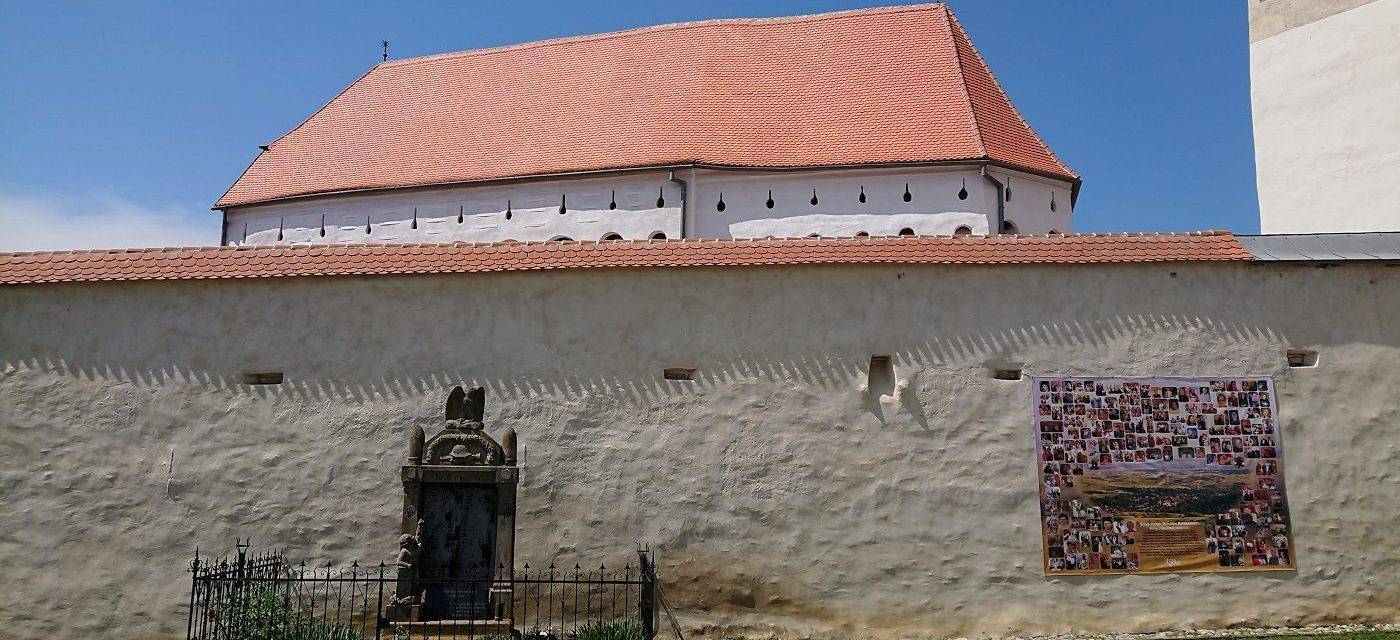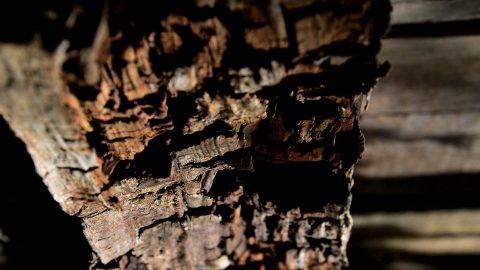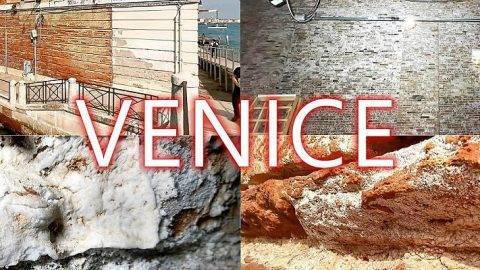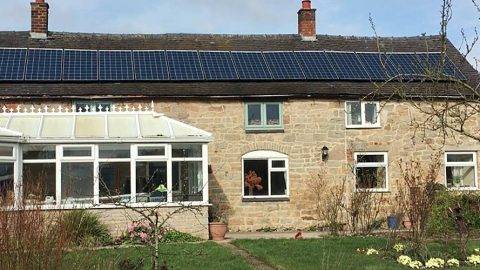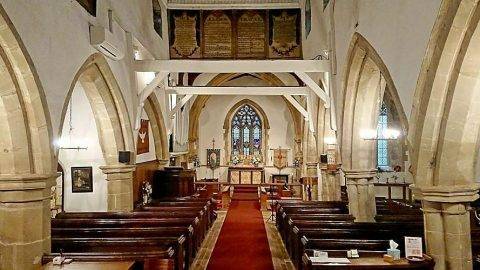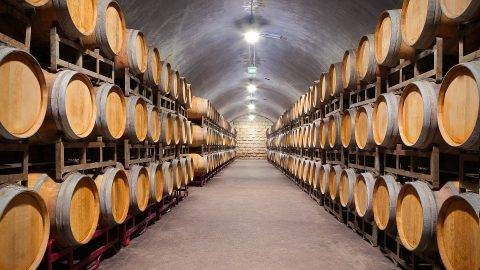Health consequences of living in a damp building, especially dampness related respiratory problems, are a…
Fortified Unitarian Church of Dârjiu
I recently spent some of my holiday in Transylvania where I visited several old churches, one of them being the Dârjiu Fortified Unitarian Church.
Church and Fortifications
The church was built at the end of the 13th and beginning of the 14th century by the Székely Hungarian community at the time when it belong to the Kingdom of Hungary. Its first recorded mention dates from 1334. During the late 15th, early 16th century the building was enlarged in Gothic style. Initially Roman Catholic, the church became Unitarian following the Reformation.
The fortifications, erected in 1400, reached their final form around 1530. The 5 m high walls form a square; their bastions are at an oblique angle and extend out from the walls at all four corners. The fortifications' oldest and most visible element, the tower, is to the south of the church. The gate tower retains its original form, with openings for firing guns that can be closed with wooden shutters. Modifications in 1788 included the creation of storage spaces for the villagers.
Inside the church’s fortifications there is a museum with old furniture, school desks, objects used in the day-to-day activities of the locals, but also tools and measurement units. Tourists who come here can buy jams made by the local housewives.
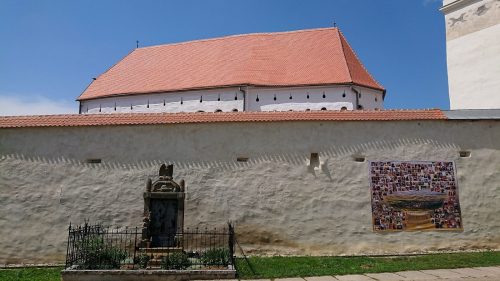
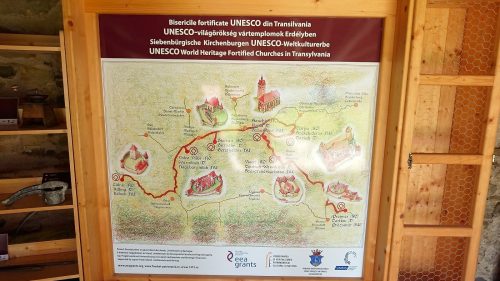
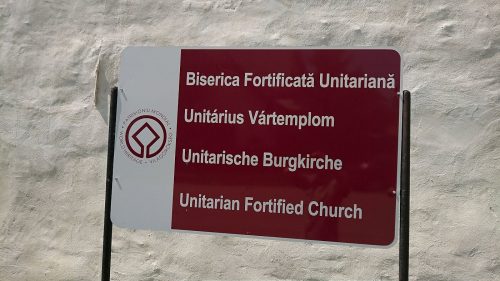
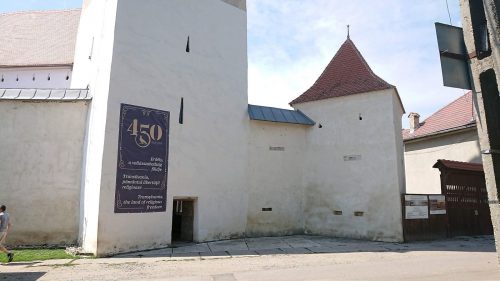
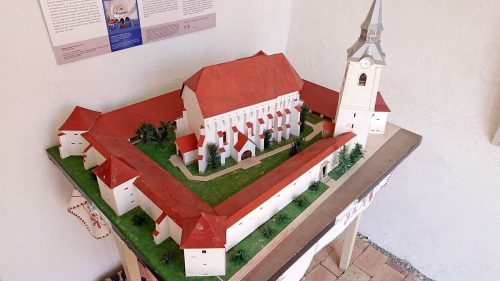
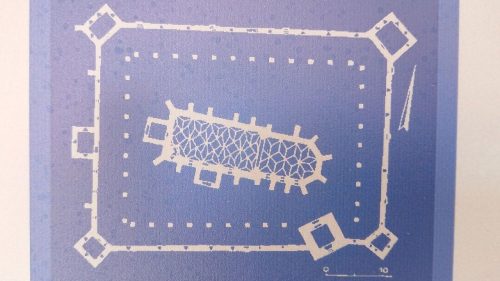
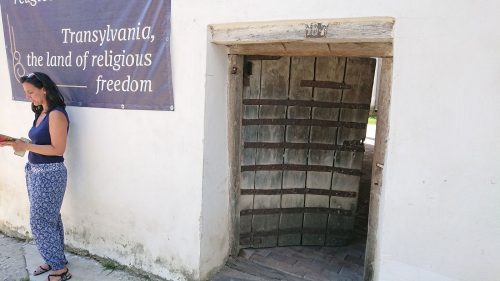
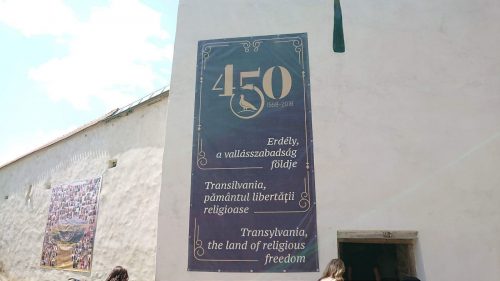
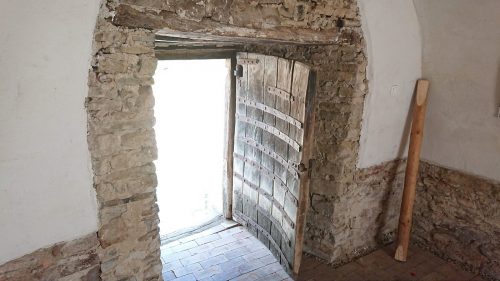
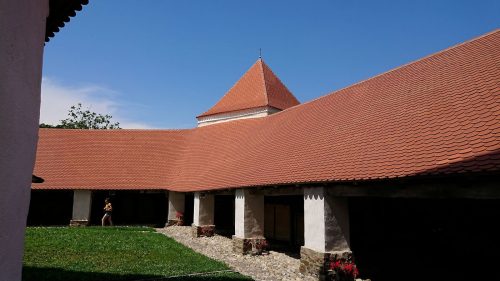
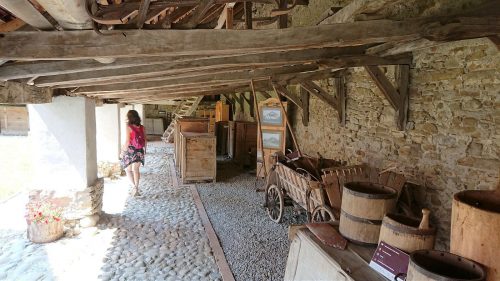
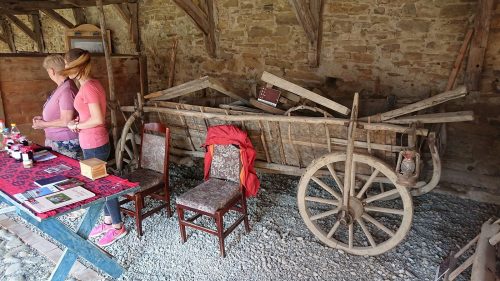
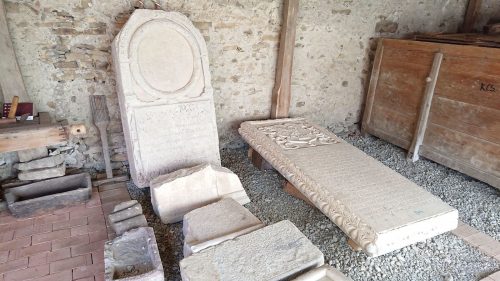
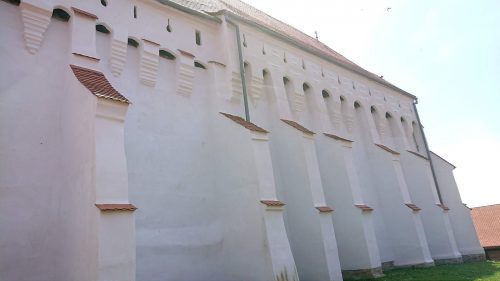
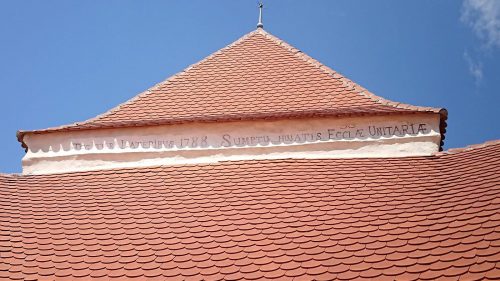
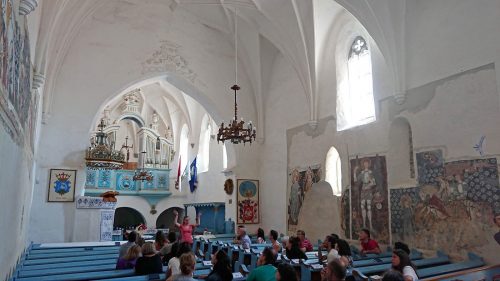
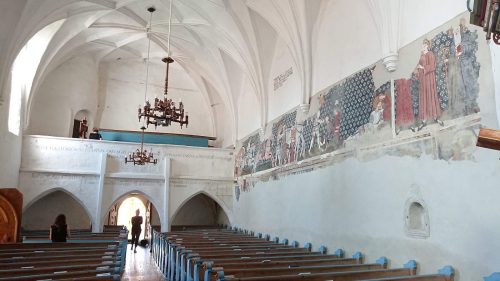
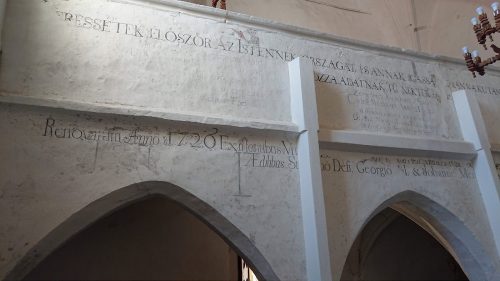
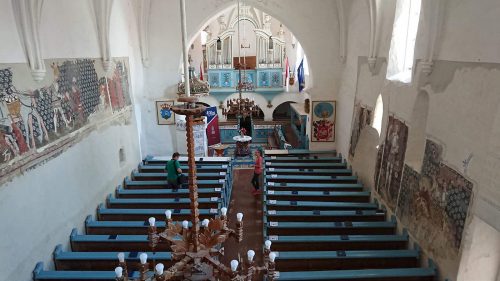
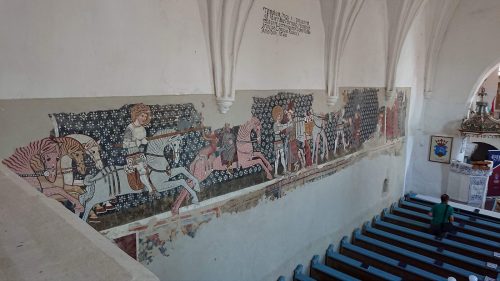
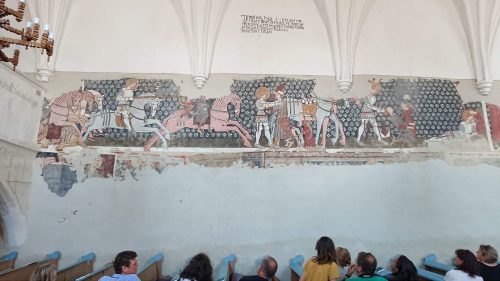
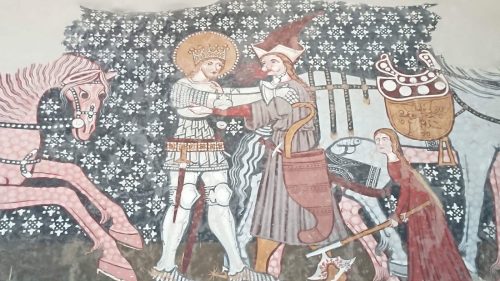
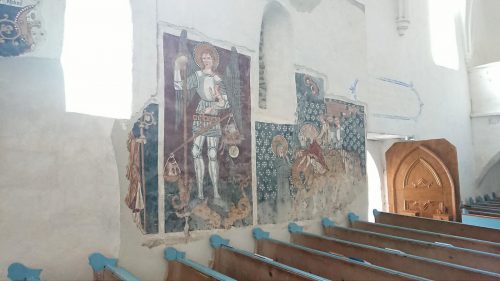
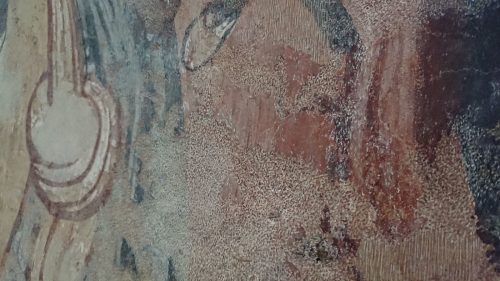
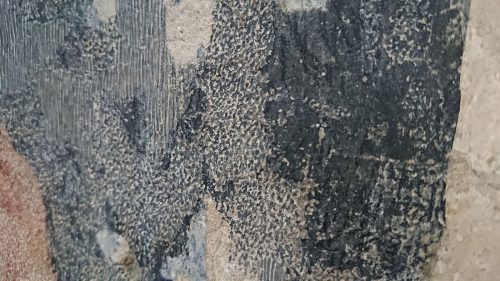
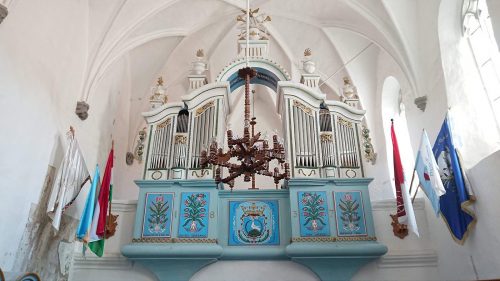
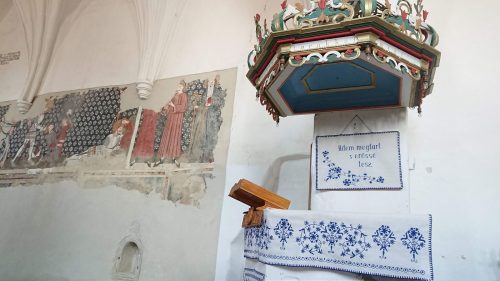
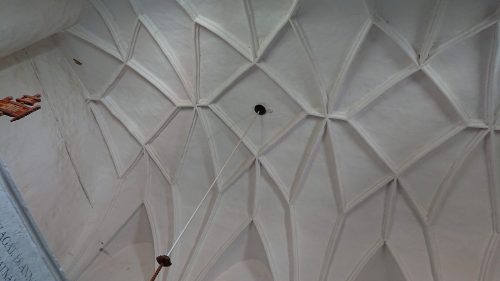
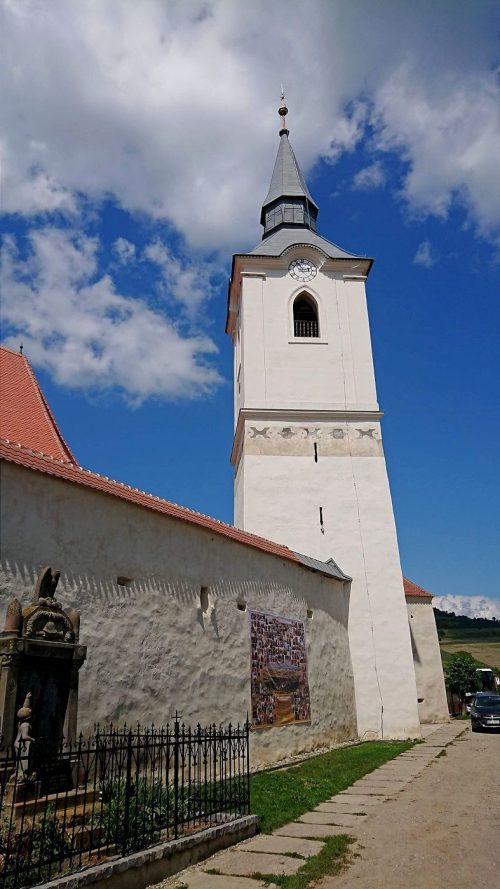
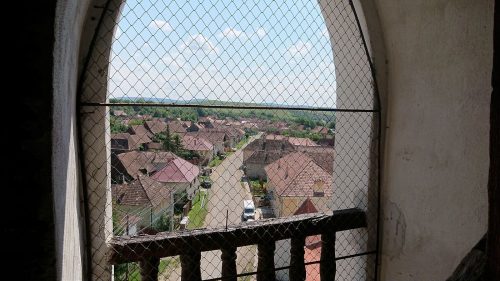
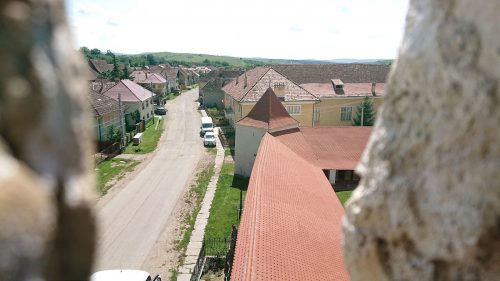
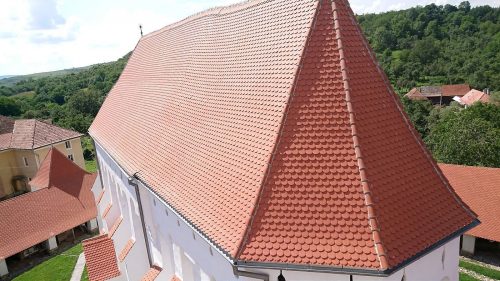
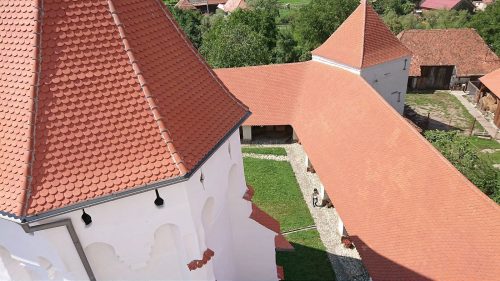
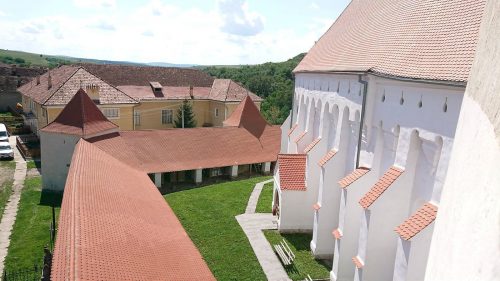
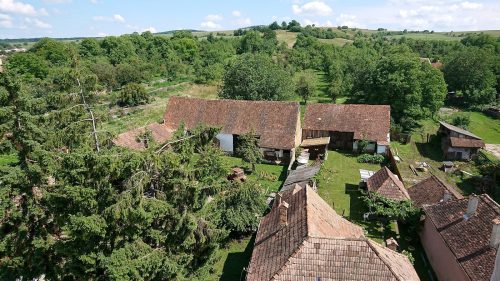
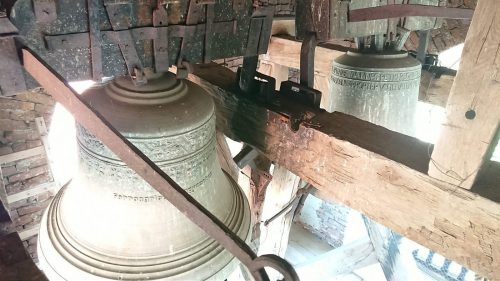
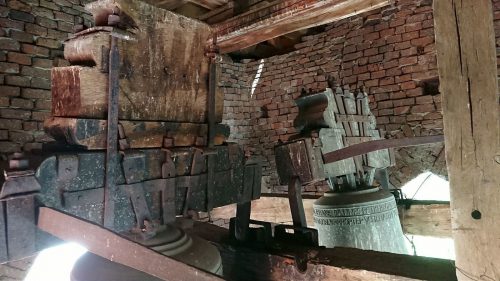
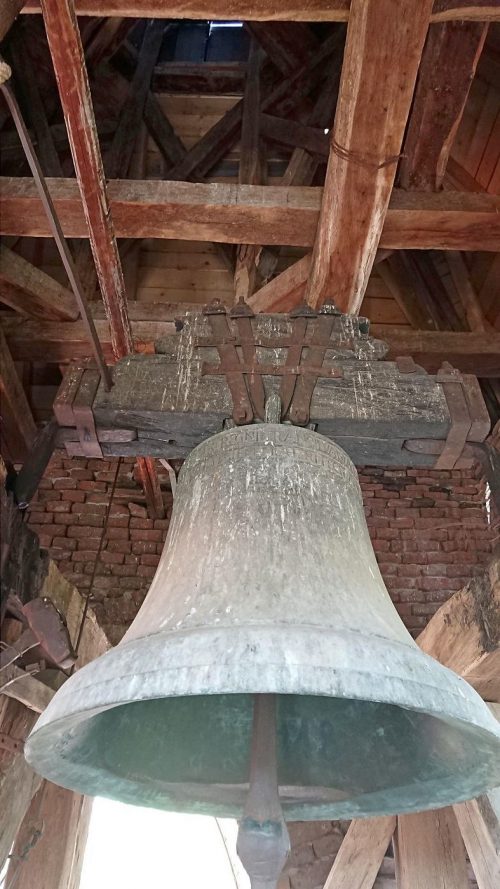
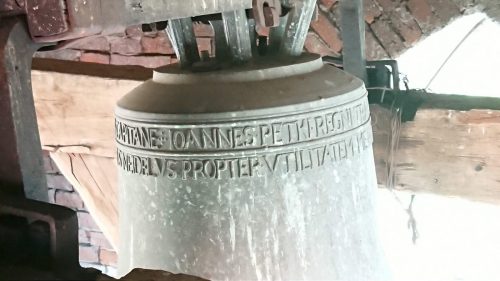
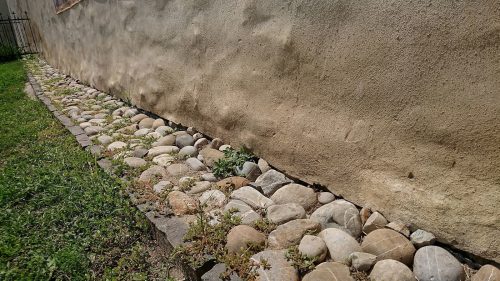
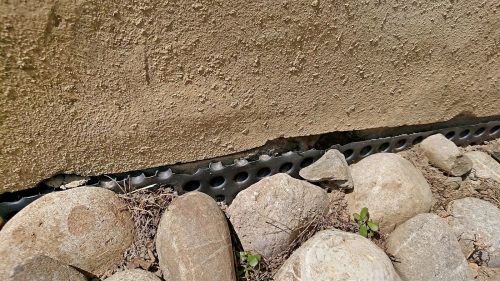
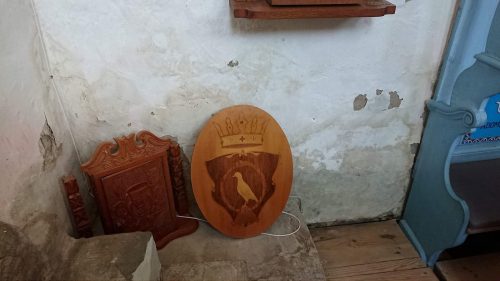
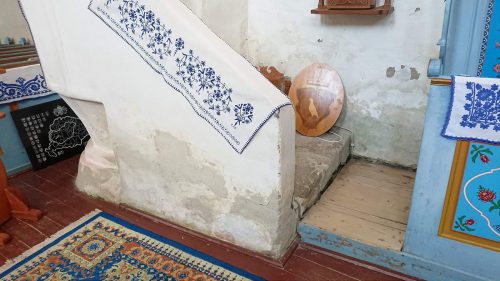
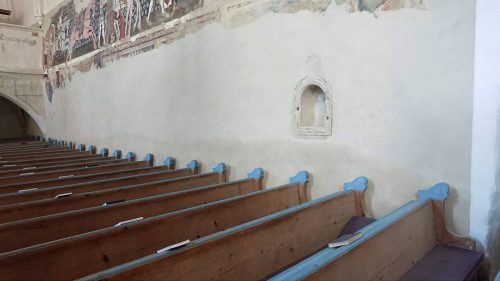
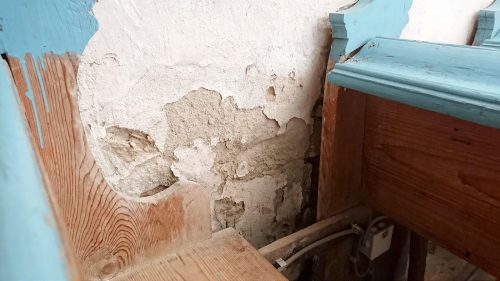
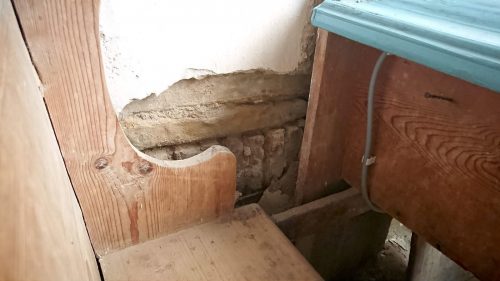
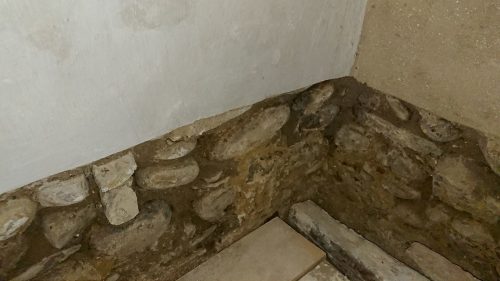
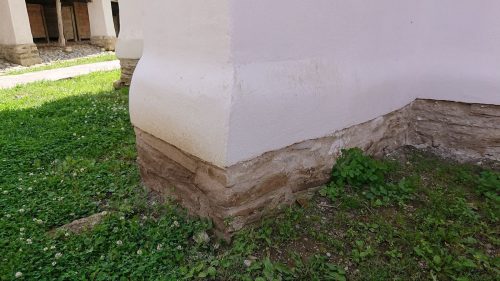
The Murals
The most valuable elements of the church are the mural paintings dating back to 1419, which experts consider to be the most impressive medieval works in Transylvania. Despite being partly destroyed, they depict the ‘Legend of St. Ladislaus’, a very popular and widely known story of King and saint protector of Hungary, but also ‘Conversion of the Apostle Paul,’ ‘Archangel Michael’ or ‘Saul’s Journey to Damascus.‘
The church was declared a UNESCO monument in 1999 due to its mural paintings dating from the 15th century and also due to a unique custom: locals are still storing bacon, grain and even the plum brandy (palinka) inside the bastions of the fortified church, like their ancestors used to do hundreds of years ago, during the Tartar invasions. Every Wednesday at dawn, the church’s bells inform the people - as they used to hundreds of years ago - that they can go and take the food left in the bastions. Each woman or man is cutting a quite large piece from his or her bacon or lard to use it for a whole week, as they are not allowed to take more before the next Wednesday.
Despite its recent renovations, the church is visibly impacted by rising damp. On the Northern wall, just under the murals, there is a long tidemark stretching across the whole wall. The plaster is also crumbling in several places, as a result some lower wall sections are left unplastered to assist with the natural dehydration of the building fabric.

